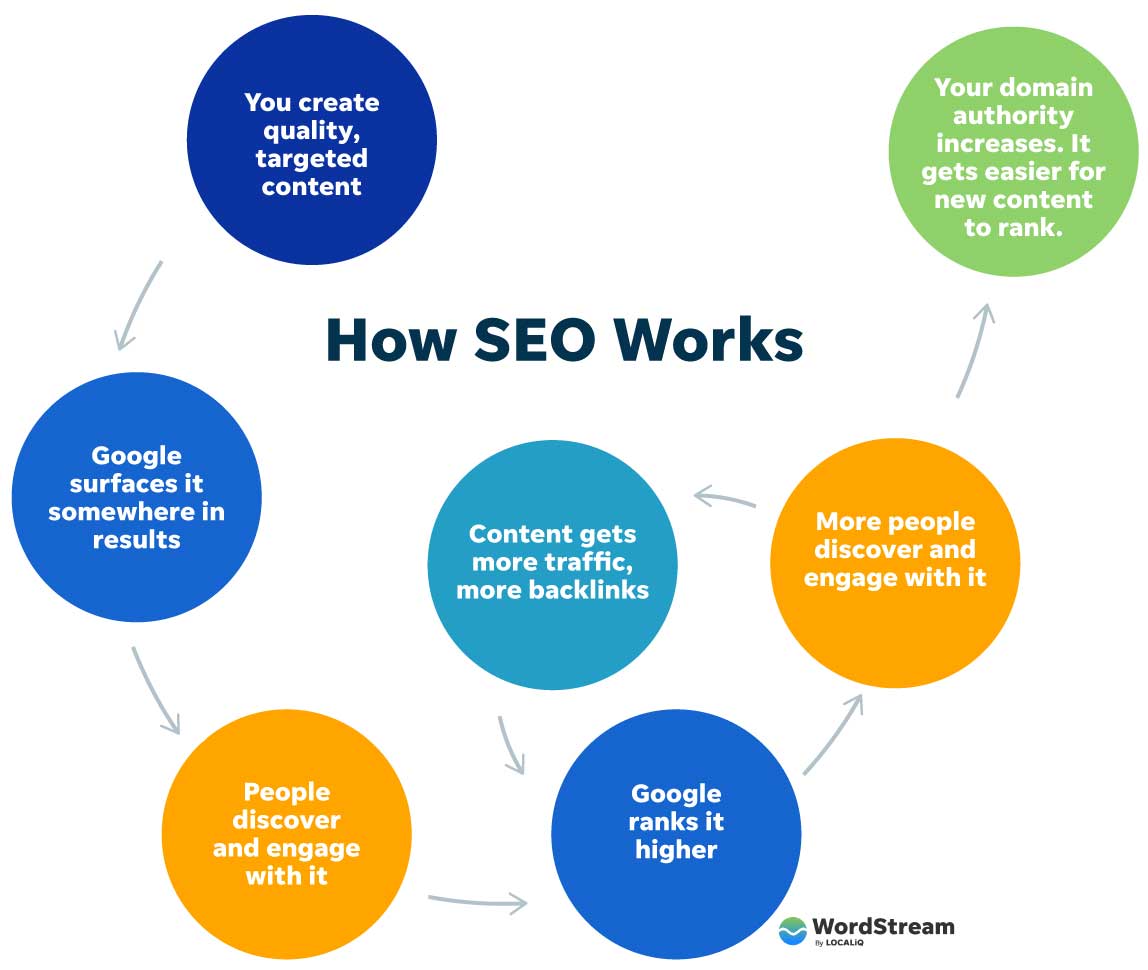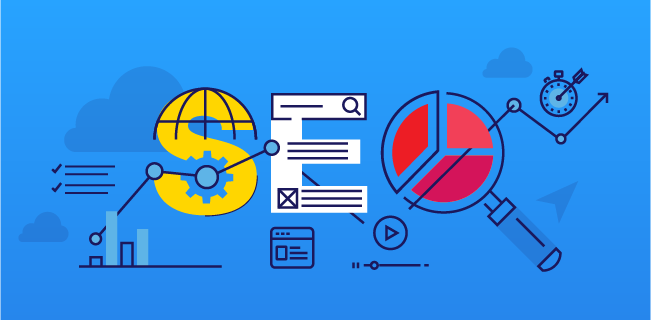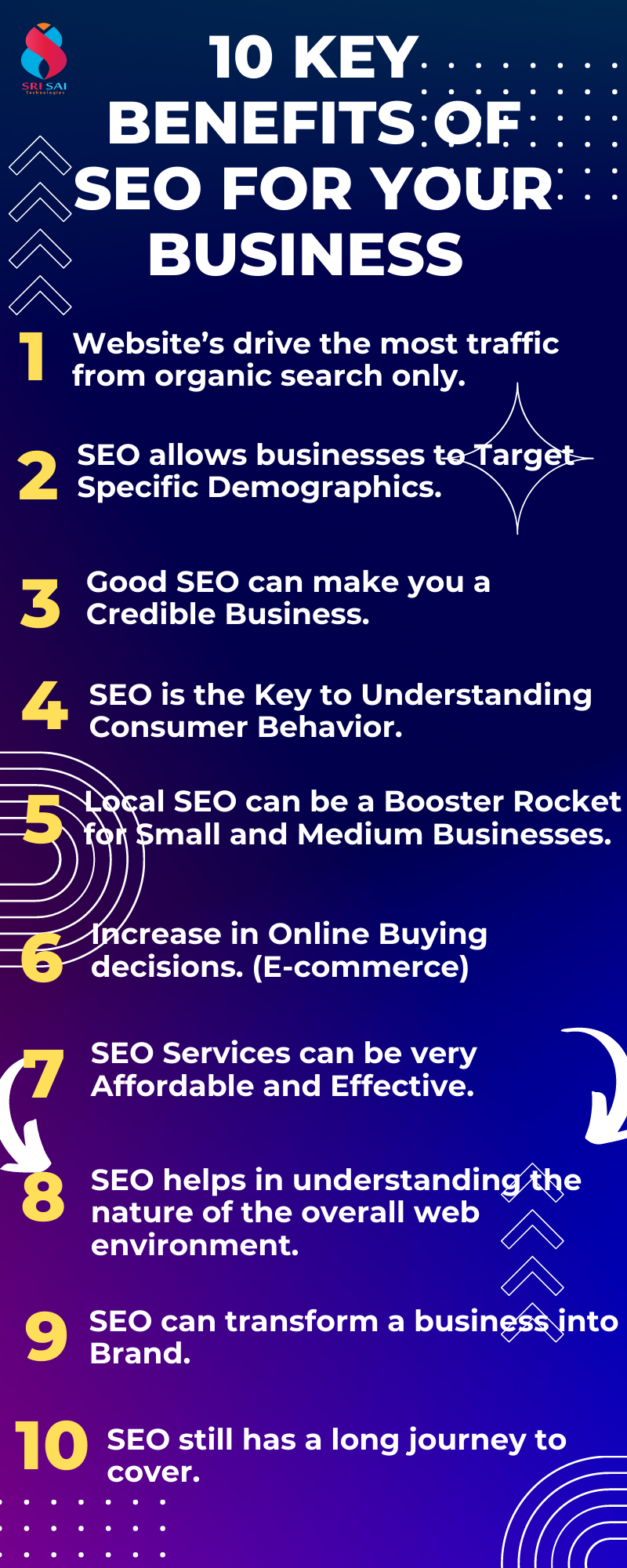Thinking Outside the Box: Leveraging Unconventional Tools to Enhance Google Analytics Performance
In the world of electronic marketing, the mission for boosted Google Analytics efficiency has ended up being a strategic essential for services looking for to refine their online presence. By exploring unique tools as opportunities of data collection, a brand-new realm of possibilities emerges.
Unique Information Resources

Social media platforms supply valuable information on individual demographics, rate of interests, and interaction metrics, permitting businesses to gauge the efficiency of their social media projects and optimize content for far better performance. By leveraging these one-of-a-kind information resources, companies can refine their approaches, enhance targeting initiatives, and boost overall Google Analytics performance.
Social Media Insights

Additionally, social media sites analytics tools allow organizations to track crucial efficiency signs, monitor campaign performance, and gauge the influence of their online tasks. Understanding the demographics of followers, determining popular material styles, and evaluating engagement degrees can assist companies tailor their advertising strategies for far better outcomes.
Offline Advertising Integration
Integrating offline marketing strategies with electronic analytics can enhance total project performance and supply an extra detailed understanding of customer actions. what is not considered a default medium in google analytics. By connecting the void between online and offline efforts, businesses can track the impact of standard advertising channels such as print advertisements, television commercials, straight mail, and occasions on their online presence

Additionally, implementing call radar for offline advertising and marketing activities makes it possible for businesses to capture beneficial information on consumer inquiries generated via published ads or materials (what is not considered a default medium in google analytics). By analyzing call information along with on the internet metrics in Google Analytics, companies can obtain deeper understandings right into the customer trip and optimize advertising strategies for improved efficiency throughout all channels
IoT and Wearable Innovation
Using IoT and wearable technology in digital analytics can reinvent information collection and consumer insights for companies seeking a much deeper understanding of user actions patterns. Wearable innovation, such as smartwatches or fitness trackers, can supply insights right into customer activities, health metrics, and also location data.
Gamification Techniques
The application of gamification techniques in digital analytics provides an innovative strategy to boosting individual interaction and driving actionable understandings for organizations. By incorporating game-like aspects such as factors, badges, leaderboards, and awards right into the analytics user interface, companies can inspire users to connect more often and meaningfully with the data.
Gamification urges individuals to discover try this site different features of the analytics platform, discovering useful understandings that might have or else gone undetected. Through interactive obstacles and progress tracking, customers are incentivized to dig deeper right into the data, resulting in increased time invested in the system and a greater possibility of finding crucial trends or patterns.
In addition, gamification can foster a sense of competitors amongst customers, stimulating them to pursue higher efficiency and interaction levels. This affordable spirit can drive enhanced customer adoption rates and a much more extensive utilization of the analytics devices offered. Ultimately, by leveraging gamification strategies in electronic analytics, companies can produce a try this site much more appealing and productive environment for customers, leading to more educated decision-making and boosted overall performance.
Conclusion
In conclusion, leveraging non-traditional mediums such as distinct information resources, social media sites insights, offline marketing assimilation, IoT and wearable technology, and gamification methods can maximize Google Analytics efficiency. By assuming outside the box and exploring these alternate sources of data, businesses can gain beneficial understandings and improve their overall advertising approaches. It is very important for companies to continuously explore brand-new methods to gather information and evaluate it in order to stay ahead in the ever-evolving digital landscape.
By including data from resources such as consumer partnership administration (CRM) systems, social media systems, and email advertising and marketing projects, businesses can get a much more extensive understanding of their audience actions and interaction patterns. Social media platforms use useful data on individual demographics, passions, and interaction metrics, enabling companies to assess the performance of their social media campaigns and maximize web content for far better efficiency. By leveraging these unique data resources, businesses can refine their techniques, enhance targeting initiatives, and boost general Google Analytics efficiency.
Exploring social media insights can provide organizations with important information on customer demographics, interests, and engagement metrics, allowing for informed decision-making and calculated optimization of marketing initiatives. By assuming outside the box and checking out these different resources of information, organizations can acquire important insights and enhance their general check my site advertising and marketing strategies.